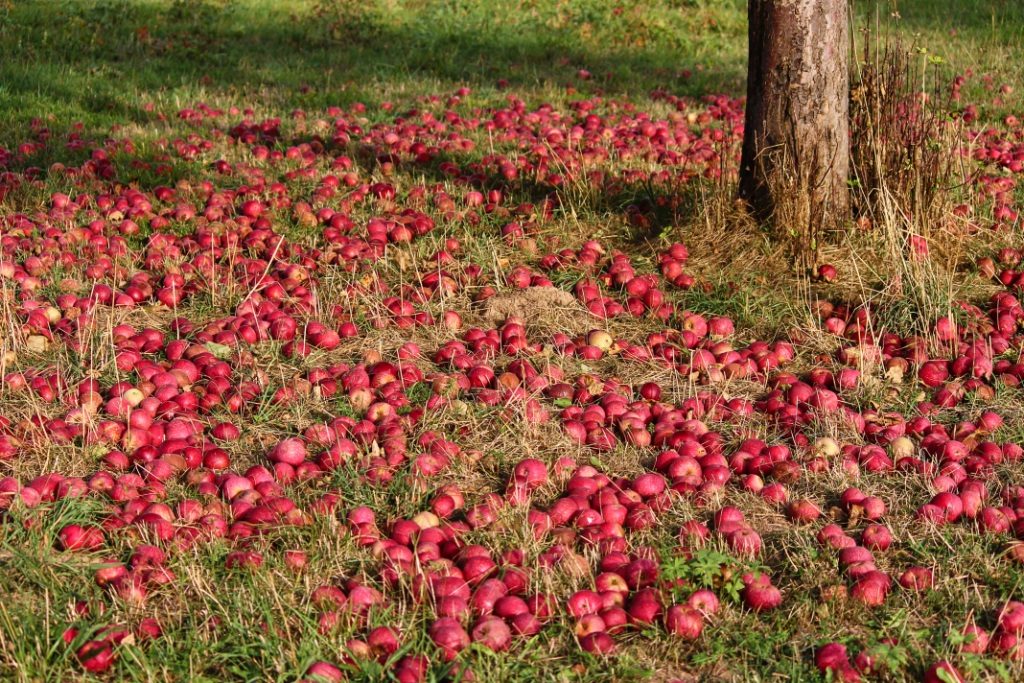 Pushing
Pushing
 Pushing
Pushing
| Home | Natural Family Living | Big Life Issues | Animal- Human- Angel |
Culture of Love | Solar Culture | Spirituality | Emotion |
Contact Bruce About PWP Links Photo Credits:- Naturally ripe fruit! (manfredrichter, Pixabay) Man pushing woman graphic (mohamed_hassan, Pixabay) You Can Do It graphic (mohamed_hassan, Pixabay) |
Pushing Conventional medical knowledge tells us there are three stages to labour:-
 There is also a gap in these commonly cited stages of labour. There is a 'quietude' or 'rest and be thankful' stage between stages 1 and 2. This allows the uterus and mother's body to physically adapt, the mother’s psyche to adjust to the baby's imminent arrival, the baby to prepare for emerging. When this quiet stage is listened to - which can last for a few hours and is NOT stalled labour - simple spontaneous pushing will eject baby (10-15 minutes instead of hours). Unfortunately, modern birth practices frantically insist on a regimented rush to birth. This quiet stage is unrecognised, unheeded. This needs to change urgently. Let us work with nature! Let the fruit ripen on the tree! "Let's let the babies tell us when it's time to push!"
(Reference for this and for much more depth, read Alison Bastien's Getting Pushy, first published Summer 2011, accessed 5 December 2018) Directed vs. Spontaneous Pushing  Directed pushing is the most common and involves
holding the breath for a certain count (usually to a count of ten) while you
push, even though you may not have an urge to push. The pushing and breath
holding usually occur for the duration of the contraction. The risk with
directed pushing is that because you are holding your breath, directed pushing
can make you tired. Also, it is correlated with a higher rate of perineal
tearing and decreased oxygenation of blood for the baby and labouring mother.
If there is fetal distress or if the baby is in danger, directed pushing can
get the baby out very quickly and is used to protect the baby, but as a rule
this type of breathing is not efficient and is not desirable. Directed pushing is the most common and involves
holding the breath for a certain count (usually to a count of ten) while you
push, even though you may not have an urge to push. The pushing and breath
holding usually occur for the duration of the contraction. The risk with
directed pushing is that because you are holding your breath, directed pushing
can make you tired. Also, it is correlated with a higher rate of perineal
tearing and decreased oxygenation of blood for the baby and labouring mother.
If there is fetal distress or if the baby is in danger, directed pushing can
get the baby out very quickly and is used to protect the baby, but as a rule
this type of breathing is not efficient and is not desirable. Spontaneous pushing is natural and works with
the rhythm of the labouring woman’s body. The labouring mom is in control and
only pushes when she feels an urge to push. She is breathing through the
contraction and not holding her breath. The woman is free and is not subjected
to the commands of those in the room. She follows her instincts and is going
with the labour. She is listening to her body and it will signal her when to
push. This can be animalistic in nature and many sounds can come out of you
when you are deep into your birthing process. Groaning, vocalizing and exhaling
are all part of spontaneous pushing. Spontaneous pushing is natural and works with
the rhythm of the labouring woman’s body. The labouring mom is in control and
only pushes when she feels an urge to push. She is breathing through the
contraction and not holding her breath. The woman is free and is not subjected
to the commands of those in the room. She follows her instincts and is going
with the labour. She is listening to her body and it will signal her when to
push. This can be animalistic in nature and many sounds can come out of you
when you are deep into your birthing process. Groaning, vocalizing and exhaling
are all part of spontaneous pushing. This is an ideal method and no training is required. It’s based on the deep messages of your body. Additionally, research has shown that women who use spontaneous pushing have shorter births and their babies have higher Apgar scores. (These two definitions excerpted from Ending Pain in Pregnancy by Isa Herrera, MSPT, CSCS, cited here, posted 24 February 2015, accessed 1 March 2015) Resources:-
|
Also see:- Natural Birth Birth articles |
| Top of Page | Contact Bruce |